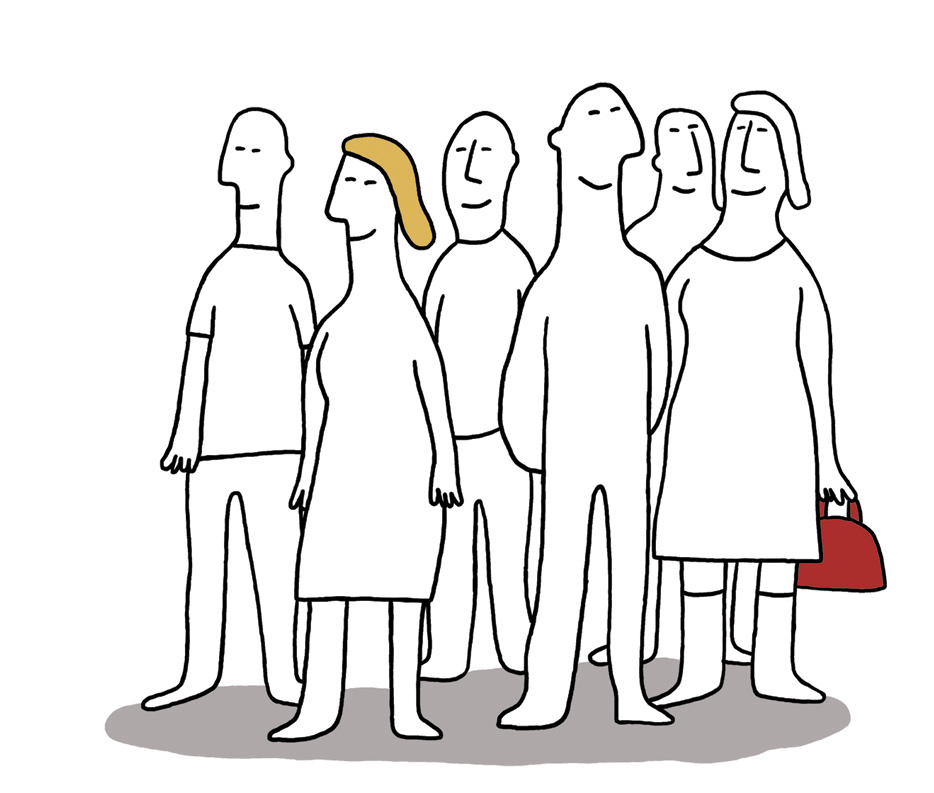At the start of July 2015, the average UK house price stood at £270,674, up £6,974 on January’s figures of £263,699, which is a 2.7% increase.

COLCHESTER AHEAD OF THE REST OF THE UK
Figures compiled by the property website, Zoopla, have indicated that Colchester has the second largest growing housing price increases in the UK (Edinburgh being the top area) with an overall 7.6% (£19,088) increase. The average price of a house now in Colchester is £269,413.
One reason for this growth is that Colchester is a top hotspot for commuting into London. As house prices have increased dramatically in centres closer to London, commuters are willing to pay slightly more for their longer commutes. As the average home in Colchester is £80,000 – or 30pc – cheaper than in Chelmsford, Colchester is attracting more and more people who commute as its housing becomes more affordable than other areas nearer to London.
GOOD NEWS FOR ESTATE AGENTS
Another reason is that the lack of properties being put up for sale has pushed prices up in recent months and as houses are coming onto the market in Colchester, people are queuing to view them. It is currently a very good market for sellers.
Often in the property business there can be a big gap between asking prices and what houses actually sell for. However, in Colchester some estates agents have not had to cut prices in order to shift their portfolios and in fact many are regularly managing to sell properties at more than the asking price.
A QUANDARY FOR PROPERTY DEVELOPERS
Property website, Rightmove, also state in their latest House Price Index report, a lack of smaller homes coming on to the market is pushing up house prices for smaller properties. Interestingly, Rightmove have 24% more enquiries for smaller properties than for homes with three bedrooms or more. It’s not just first-time buyers who favour these houses; but they are also popular among downsizers and buy-to-let investors. “Developers now face a ‘quandary’ on how to deliver smaller affordable homes, when larger homes tend to offer greater profit margins and attract more well off buyers”.

THESE ARE INTERESTING TIMES FOR PROPERTY INVESTORS
In July, the ability to get a mortgage has also risen by 4% This rise is partly fueled by record-low mortgage deals, with the average two-year fixed rate mortgage fallen from 3.67 per cent a year ago to 2.75 per cent today, Borrowers are clearly taking advantage of these low rates to secure lower monthly repayments, particularly given the rumours that the Bank Rate is likely to rise in the near future.
With the number of new houses being built continuing to fall short of the level needed to keep pace with demand, The Center for Economics and Business Research (CEBR) expect house prices to increase by a further 3.4 per cent in 2016 and 4.4 per cent in 2017. CEBR also predict that the average home will keep rising to cost £307,600 by the end of 2020 – a 23.6 per cent increase.
IT’S NOT JUST SELLING, IT’S A HEALTHY RENTAL MARKET TOO
Rents in England and Wales rose at their fastest rate for more than 16 years to hit a new record high in June 2015. The typical cost of renting a home increased by 1.4 % during June to stand at £789, eclipsing the previous peak of £778, which was reached in May.

Rents also rose by 5.6% in the 12 months to the end of June, the highest increase recorded since the Your Move and Reeds Rains buy-to-let index was launched in 2009.
Not only have rents hit a new all-time record high, but they have never been seen to rise so quickly.
Growing wage packets and a strengthening economy mean that a greater number of tenants are able to afford higher rents.
Tenants in the East of England saw the biggest increase in rental costs, with rents soaring by 13.8 % year-on-year in June to stand at £839. It was the 15th consecutive month during which the cost of renting a house has increased in the region.
Sources: Colchester Gazzette, Zoopla, Rightmove, Land Registry, Essex Property Network



